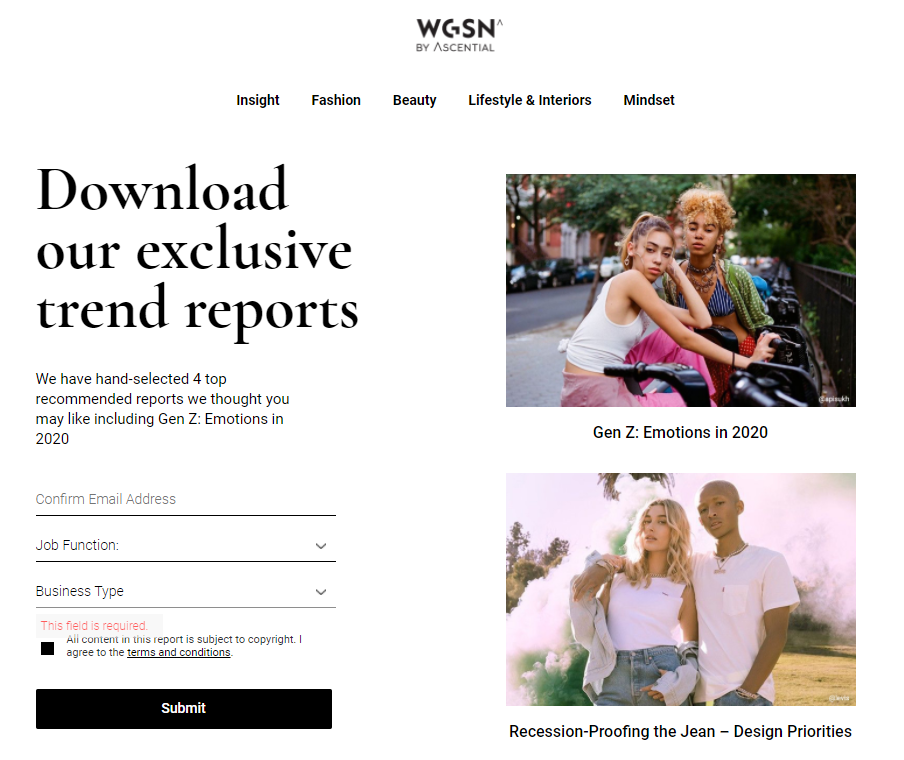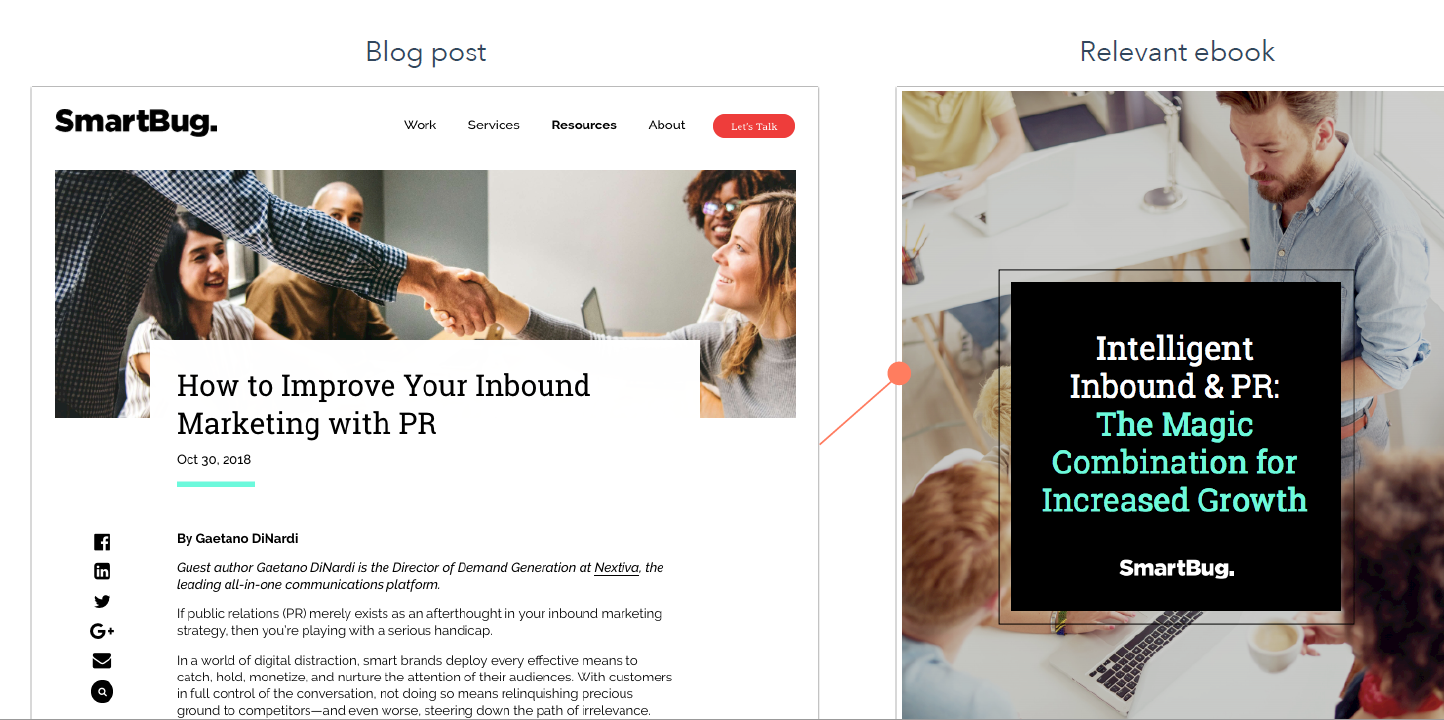Keeping Consumers in Mind
Last, and to reaffirm what has been said throughout the last chapters, your main role as a company when creating content is to represent the customer. That means to understand their needs and challenges, how what people look for varies throughout their journey, the types of searches they do (e.g., information, transaction, navigational; associated with ZMOTs; linked with their needs and challenges), and how you can answer consumers by providing them with content that is educational and entertaining.
Structuring Content Creation
In this second section, we are going to touch on a few key terms and approaches to help structure content creation: gated vs. ungated content and their respective roles in marketing campaigns, how to build topical relevance, and pillar pages.
Gated and Ungated Content
Gated content is “any type of content that viewers can only access after exchanging their information. Essentially, the content is hidden behind a form. Companies use gated content to generate leads and, ultimately, sales” (HubSpot). In contrast, ungated content is any content that users can freely access without having to exchange information.
An example of gated content is shown in Figure 6.3, where consumers are asked to “Download our exclusive trend reports.”
Figure 6.3 Gated Content Example

Gated content should be more extensive than ungated content, harder to find, and rather unique, so as to entice users to exchange their personal information for it. Examples include a white paper, an e-book, a report such as the one in Figure 6.3, a template, or a webinar—in other words, high value and rarer content.
You might ask why you should gate content, and the typical answer is to generate leads, such as in a lead generation landing page. Gated content should be thought of as the endpoint of a lead generation campaign, where consumers will provide their personal information, which will then allow a firm to enter into lead nurturing efforts, which we cover in the next chapter.
Typically, a firm will create ungated pieces of content (e.g., social media posts and blog posts) that will drive consumers to a piece of gated content. In other words, the content supporting the campaigns is ungated, and the endpoint where a visitor is converted into a lead is gated (see Figure 6.4, where a blog post is linked to an e-book).


No Comments